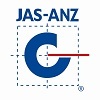9648150625, 7311110091, 9839107892
Related Posts
That relationship came under scrutiny after U.S
August 3, 2019
Welcome, Muammar
August 6, 2019



No comments